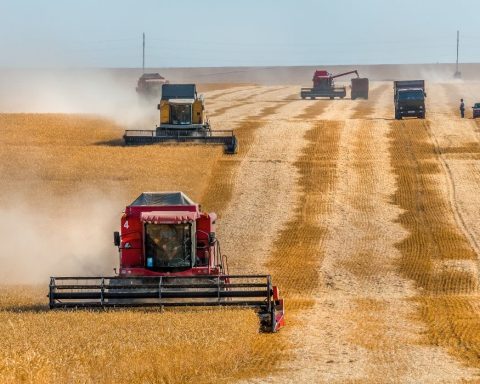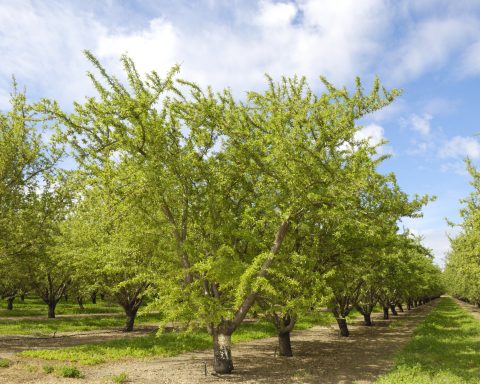In the days leading up to his passing in January, the late, great food-policy guru and Corporate Knights contributor Wayne Roberts answered a few questions from our managing editor, Adria Vasil. He shared his thoughts on the rise of regenerative agriculture and his hopes for our food future. Here are his gently edited remarks:
Regenerative agriculture springs from a global Indigenous view of agriculture. It’s not tied to a European/Western way of framing the issues, as was inevitably the case with organic agriculture. It does not settle for sustainability; rather it aims for something truly regenerative. “Dream no small dreams,” as Tommy Douglas used to say.
Regenerative agriculture is rooted in leaving the soil as nature intended, and basing food production on crops that can be grown without the violence of plowing, which upturns the earth and undermines the earth’s metabolism and gut.
The beauty of regenerative agriculture is that it can work on many scales. Its methods are appropriate to various scales of food-growing, from backyard gardens (North America has more land in lawns than in food production), green roofs and community gardens to small, medium and large farms – permitting universal access to food and land.
I’m delighted that regenerative agriculture is being supported by both small and big food enterprises, which is important in the successful delivery of viable efforts to improve the environment. It avoids the problem of turning the perfect into the enemy of the very good, which has been the bane of social-change movements for a century. I love the open-endedness of regenerative agriculture, its lack of clear, binding and dogmatic definitions, its openness to what good people can do as they try to accomplish what’s possible. That, of course, creates a vulnerability to greenwashing. But the answer to greenwashing is not dogmatism, but real action on the ground.
Regenerative agriculture also avoids sterile debates around anti-meat climate change policies. Pasture-raised animals can become the basis for both humane agriculture and a protected climate.
Carbon is not the problem; the problem is that the carbon is in the air, not the soil. We seem to have to turn everything into enemies, but nature is made for us to partner with if we just open our eyes.
On the future of food
I would like to see a food future that identifies three streams of food thinking, each a power in its own right:
1. Bringing food from farm to table in as humane and generous a way as possible.
2. Ensuring that the food that makes it to our table matches our love for delicious food as well as our need for nutritious food, and that this can be accessible to all.
3. And finally, what I hope will be my legacy is what I call “people-centred food policy” – thinking about food in terms of how it promotes personal empowerment, how it overcomes loneliness, how it brings people together and how it makes a celebration of joy a part of everyday life. People-centred food policy needs to become as powerful as farm-to-table and nutrition models of food.
![]()





